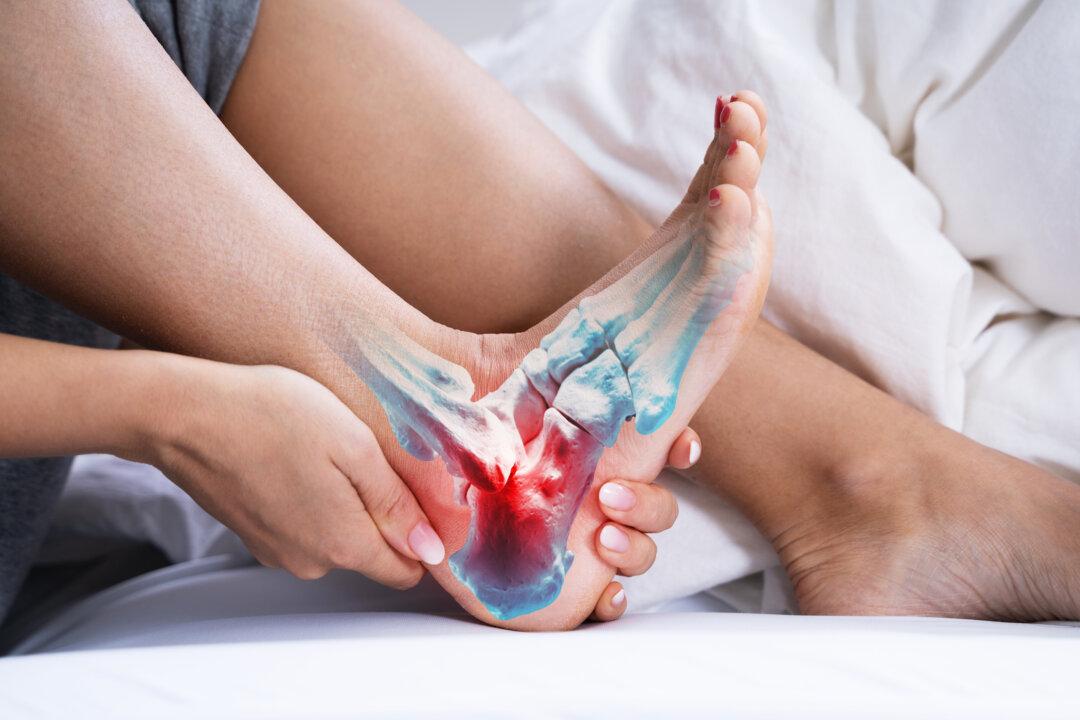Migraine headaches may double the risk of Bell’s palsy (facial paralysis). Bell’s palsy is a condition categorized by a sudden weakness in facial muscles. This muscle weakness can cause half of your face to droop and make your smile look one-sided or as if one eye is nearly closed.
Bell’s palsy can occur at any age and the cause is largely unknown. For many, Bell’s palsy is temporary and symptoms can begin to improve within a matter of weeks and full recovery can occur within months. Some individuals may experience symptoms of Bell’s palsy throughout their life, although the palsy rarely reoccurs. Associations have been made between migraines and Bell’s palsy, which led researchers to believe that migraine headaches could increase a person’s risk of developing Bell’s palsy.





